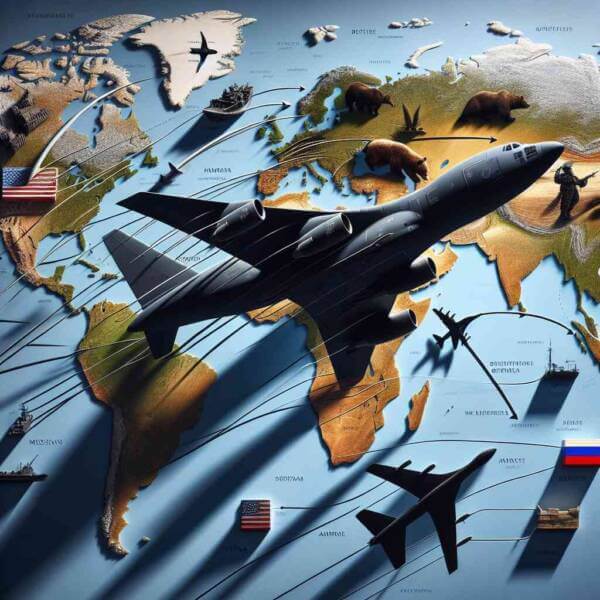Military Aviation: An Overview

Military aviation is an essential part of modern defense strategies around the world.
Nations invest heavily in military aviation to protect national interests.
History of Military Aviation
As technology advanced, airplanes were adapted for offensive operations, altering battlefield dynamics.
Major milestones in military aviation history include:
- First use of armed aircraft in combat
- Creation of long-range bombers and jets
- Emergence of strategic bombers and nuclear deterrence
- Rise of unmanned aerial vehicles (UAVs)
Each era brought innovative strategies that expanded aerial warfare.
Different Roles of Military Planes
Military aviation includes a variety of aircraft, each designed for unique purposes.
Major aircraft classifications:
- Planes built for speed and agility
- Aircraft for long-range attacks
- Planes used to move troops and equipment
- Unmanned aircraft for intelligence gathering
Each type plays a vital role in military operations, from securing airspace.
The Strategic Value of Military Aviation
Controlling the skies protects ground operations.
Strategic advantages of air dominance:
- Providing close air support
- Targeting infrastructure and logistics
- Gathering critical intelligence
- Psychological impact on enemy forces
Nations with strong military aviation capabilities can defend their interests more effectively.
Advancements Shaping the Future
Military aviation is at the forefront of engineering breakthroughs.
Future technologies in military aviation:
- Aircraft designed to evade radar detection
- Hypersonic weapons
- Unmanned aircraft operating independently
- Directed energy weapons
These advancements expand mission possibilities for air forces worldwide.
Obstacles Facing the Industry
From high costs to geopolitical tensions, the road to air dominance is a constant battle.
Major obstacles to overcome:
- Budget constraints for defense programs
- Need for constant upgrades
- Securing digital communications and data
- Questions about accountability and control
Addressing these challenges is essential for maintaining air power.
Where Military Aviation is Heading
Nations will continue investing in space-based systems to maintain strategic advantages.
Likely developments:
- Smarter decision-making systems
- Defending assets beyond Earth
- visit this website Developing sustainable aviation technology
- Collaborations across allied air forces
The next era of military aviation will redefine defense.
Final Thoughts on Military Aviation
Military aviation remains a decisive factor in global defense.
As technology continues to evolve, the skies will remain a frontline of innovation where military aviation protects nations.
The future of military aviation is full of potential — and it’s only just beginning.